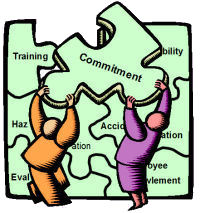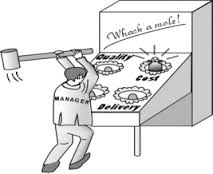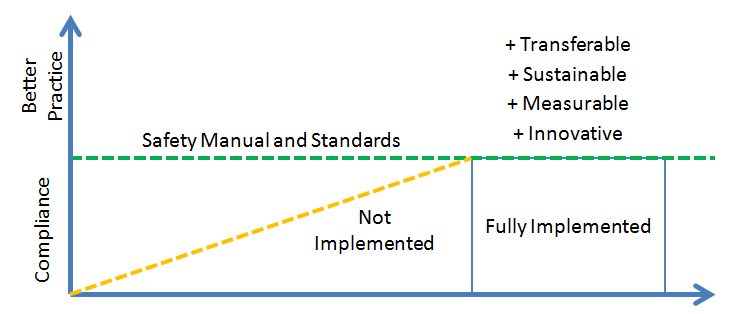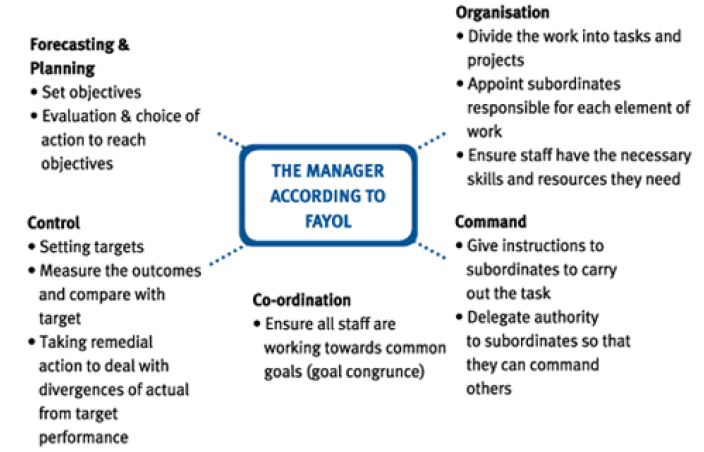Make or Break Your Bottom Line With Safety
by Nick Goodell | March 20, 2019 | effective safety professional, Safety and Health, safety program, safety barriers, safety & productivity, Safety and the bottom line
The Blind Spots of Behavioral Safety Programs
by Ron Gantt | February 12, 2018 | behavior based safety, behavioral observation program, observation program, Safety and Health, Safety Observations, SafetyCary, Inspection Best Practices
Defining Management Commitment for Safety
by Scott Falkowitz | September 21, 2016 | management, management commitment, Safety and Health, safety management activity, SafetyCary, General
Why Spreadsheets Are Safety’s Technological Dinosaur
by Cary Usrey | March 01, 2016 | Safety and Health, SafetyCary, injury prediction, predict, spreadsheet
Who is 'Best in Class' and Why?
by Mark Resser | October 20, 2015 | best in class, Safety and Health, SafetyCary
What Makes an Effective Safety Professional? - Part 3
by Liam Moran | October 17, 2014 | effective safety professional, Safety and Health, SafetyCary
What Makes an Effective Safety Professional - Part 2
by Liam Moran | October 05, 2014 | effective safety professional, Safety and Health, SafetyCary
What Makes an Effective Safety Professional? - Part 1
by Liam Moran | October 03, 2014 | effective safety professional, Safety and Health, SafetyCary
Safety Observer Training Done Right
by Cary Usrey | April 17, 2014 | observer training, Safety and Health, Safety Observations, SafetyCary, Inspection Best Practices, safety observer training, safety training
Capturing and Using Leading Safety Metrics
by Paul Watson | April 04, 2014 | leading, leading indicator, leading safety metrics, Safety and Health, safety leading indicators, SafetyCary, Inspection Best Practices











